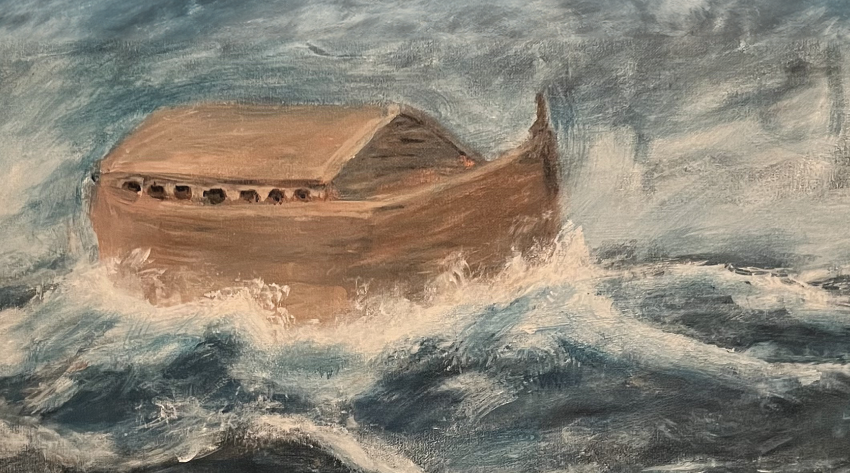
Problem-Solving: Rainbow attention then turns to problem-solving. The Rainbow leader attends, in particular, to the acquisition of problem-solving skills by members of her organization and to the design of organizational structures that encourage effective problem-solving. The Best Practice 3 focus on leadership is particularly relevant at this point. Future Rainbow leaders must be especially skillful in helping their teams address challenging issues (often found in VUCA-Plus environments).
This means analyzing and solving problems that are multi-tiered. nested and often set in polarities [xxii]Furthermore, these problems are often quite elusive—and they are always shifting in a “dancing” landscape.[xxiii] All of this means, as we have often noted, that mistakes will often occur and that learning from these mistakes is imperative. The Rainbow leader is a life-long learner and in this commitment to learning influences and inspires other future leaders. Best Practice 3 is being exemplified.
Decision-Making: Finally, collaborative leaders turn to decision-making processes. They seek to expand the capacity and opportunities of all members of the organization to participate in appropriate decision-making processes. The collaborative leader is also concerned about full and appropriate use of all resources in the organization. This includes acknowledging the contributions made by assertive, inspiring and thoughtful leaders. Not only does the collaborative leader encourage leadership at all levels of the organization—the collaborative leader may themself come from any level of the organization.
As Heifetz suggests, “many people daily go beyond both their job description and the informal expectations they carry within their organization and do what they are not authorized to do. At a minimum, these people exercise leadership momentarily by impressing upon a group, sometimes by powerfully articulating an idea that strikes a resonant chord, the need to pay attention to a missing point of view.”[xxiv] These leaders who come from the “foot of the table” rather than the head provide or help to generate new information and provide unique, timely perspectives on the information that is generated.[xxv]These leaders from the foot of the table help to articulate key values or (even more often) exhibit and exemplify these key values through the actions they take. Emergent leaders, according to Heifetz, articulate new ideas that strike a resonant chord.
Typically, the primary problem confronting the collaborative Rainbow leader is one of managing the complex process of moving back and forth between the real and ideal, between reflection and action, between caution and risk. Collaborative leaders are accustomed to addressing the conflicts that are inevitable in keeping an organization attuned to these various tensions. Rather than avoiding conflict by opting for one leader style, the collaborative leader believes that conflict is a sign that the organization is trying to balance and integrate these differing perspectives.
1K Club

















